3MG Roofing & Solar | Your Trusted Solar Roofing Company in Florida
Seamless Installation, Big Savings! Design, Permitting & Tax Credits Handled.
Turn your roof replacement into a clean-energy upgrade with GAF Timberline Solar shingles — backed by elite craftsmanship and worry-free warranties.











GET A FREE ROOF INSPECTION
BUILT ON TRUST,
BACKED BY QUALITY
Contact form
Ready To Upgrade To A Solar Roof?
Switching to solar cuts your energy bills and boosts your home value with clean, renewable energy. Our team delivers seamless installation using premium materials, industry-leading warranties and a focus on long-term savings.
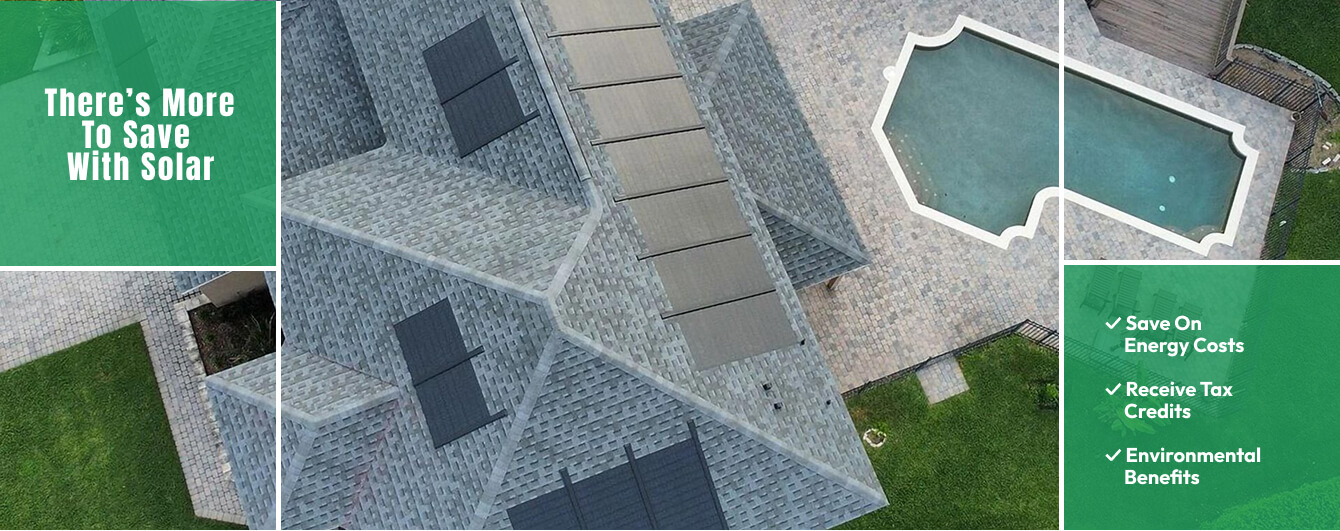
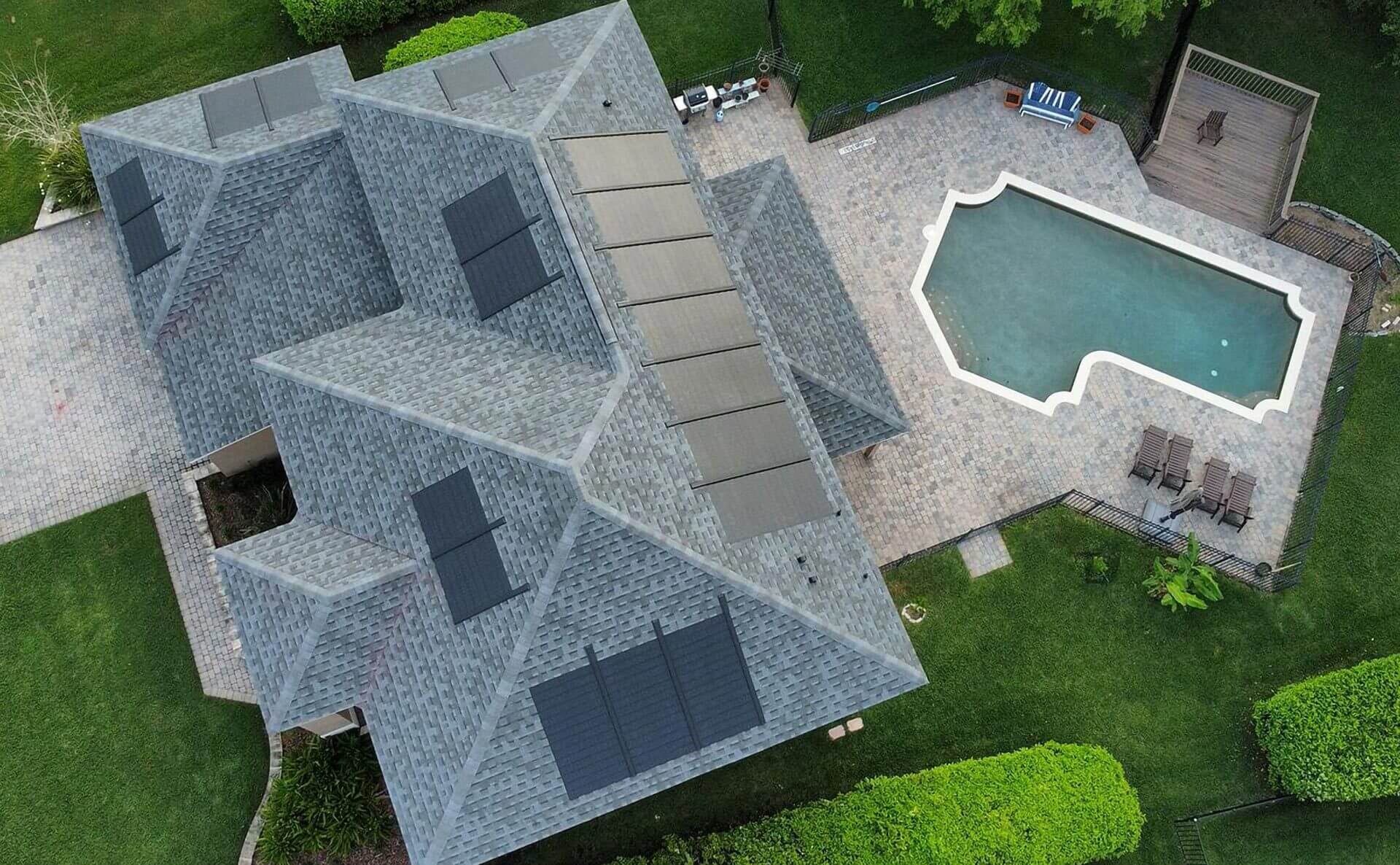
- Save On Energy Costs
- Receive Tax Credits
- Environmental Benefits
Here’s how the system works in your home
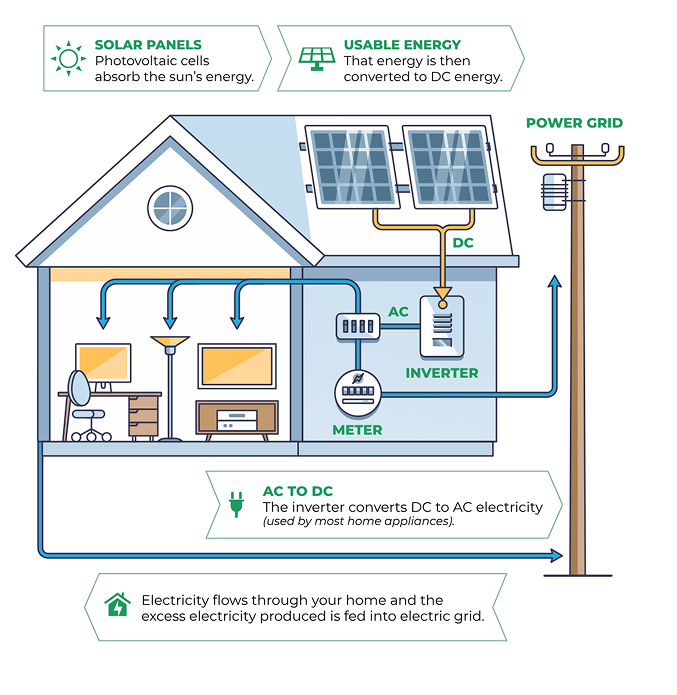
Understanding how net metering works
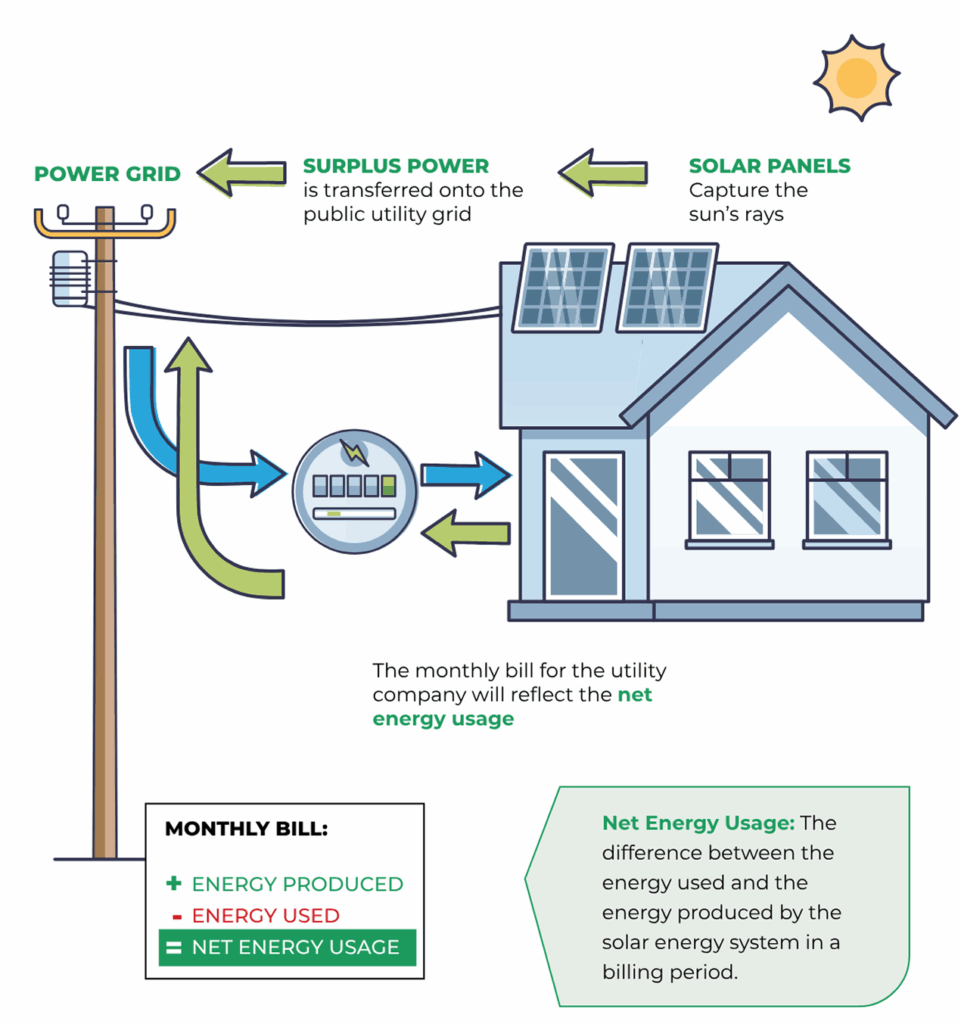
Why Go Solar?
Switching to solar cuts your energy bills and boosts your home value with clean, renewable energy. Our team delivers seamless installation using premium materials, industry-leading warranties and a focus on long-term savings.

Schedule a Free Evaluation.
We begin by analyzing your current and projected energy usage to determine the ideal size and capacity of your solar system.

Understand the Value.
Homeowners can claim a 30% federal tax credit on the total cost of their installed solar energy system

Enjoy Peace of Mind with Florida’s Solar Experts
We manage the entire process from system design & permitting to installation and interconnection so you can enjoy a seamless solar experience.
Why choose 3MG's Solar Expert Guidance
We understand that upgrading your roof and investing in solar can feel overwhelming. That’s why at 3MG, we don’t just sell roofing we guide homeowners through every step with clarity, care, and unmatched expertise. From the first consultation to final follow-up, our team is dedicated to making your experience seamless and stress-free.






How Does Timberline Solar Compare To Rack Mounted Panels?
Timberline Solar® offers a sleek, integrated solution that combines roofing and solar in one. Unlike traditional rack-mounted panels that require drilling into your roof, Timberline Solar® shingles install directly like standard asphalt shingles offering a clean, low-profile appearance and dual-purpose functionality. While traditional panels may offer slightly higher energy output per dollar, Timberline Solar® is ideal for homeowners seeking a seamless design and simplified installation, especially during a roof replacement.
What Happens If A Shingle Needs Service?
Each Timberline Solar® shingle is installed individually, allowing for straightforward access and replacement if needed. 3MG handles all service with care and precision, ensuring minimal disruption and maintaining the integrity of your roofing system. Plus, the shingles are backed by GAF’s trusted warranties for added peace of mind.
Will My HOA Allow Solar Shingles?
Because Timberline Solar® blends seamlessly into the roofline and looks like a standard shingle roof, it’s far more likely to meet HOA aesthetic guidelines compared to bulky rack-mounted systems. Many HOAs favor its low-profile appearance, making approvals smoother. Still, 3MG can assist you with any necessary HOA documentation during the process.






Incentive
Value
Notes
Available Through 2032 Under The Inflation Reduction Act. (IRS)
Solar Equipment Is 100 % Sales-tax-free In Florida. (Solar Reviews)
Added Home Value From Solar Is Not Taxed. (Solar Reviews)
Earn Credits For Excess Power Sent To
The Grid.
Incentive
Residential Clean Energy Credit
Value
30 % Of System Cost
Notes
Available Through 2032 Under The Inflation Reduction Act (IRS)
Incentive
FL Sales-Tax Exemption
Value
6 %
Notes
Solar Equipment Is 100 % Sales-tax-free In Florida (Solar Reviews)
Incentive
FL Property-Tax Exclusion
Value
100%
Notes
Added Home Value From Solar Is Not Taxed (Solar Reviews)
Incentive
Net Metering
Value
Varies By Utility
Notes
Earn Credits For Excess Power Sent To The Grid.
Flexible Financing That Fits Your Life
Solar Financing That Pays for Itself
Solar isn’t just an investment in your home – it’s an investment that reduces or eliminates your electric bills for decades. We’ve partnered with multiple lenders so you can start saving immediately, even with financing, while protecting yourself from rising energy costs.
Short-Term Payment Plans
12 or 18-Month Plans
- No money down, 0% interest when paid in full within term
- Maximize federal tax credits to pay off loan faster*
Long-Term Payment Plans
- Monthly loan payments often lower than your current electric bill
- Start saving money from day one while building equity
- No prepayment penalty - pay off early with energy savings
- No additional fees
Ready to see your savings potential?
Get your free solar quote and we’ll show you how financing can put money back in your pocket from month one.
*Subject to credit approval. 3MG is not a lender. Financing provided by third-party lenders. Additional fees may apply. Terms subject to change.
Flexible Financing That Fits Your Life

*Illustrative only; actual terms based on credit approval.
It’s A Timberline® Roof. With Solar Energy. It’s That Simple.
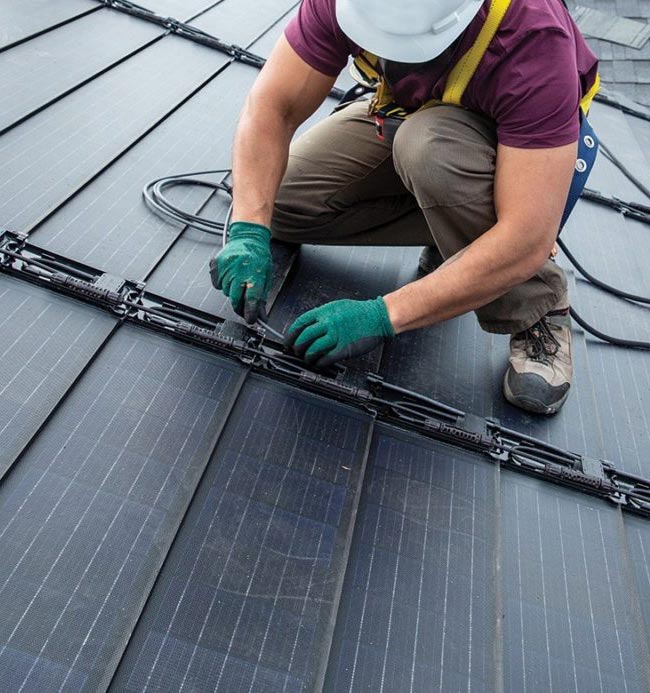
It’s A Timberline® Roof. With Solar Energy. It’s That Simple.
Seamless Design:
Integrated directly into the roofing system, offering a clean, modern look without bulky panels.
Dual-Purpose:
Functions as both a roof and a solar power generator—no need for separate roofing materials.
Durability
Backed by GAF’s roofing warranties and engineered to meet high wind, water, and impact resistance standards.
Great for Re-Roofing:
Perfect solution for homeowners replacing an old roof who also want to go solar.

Traditional Solar Panels
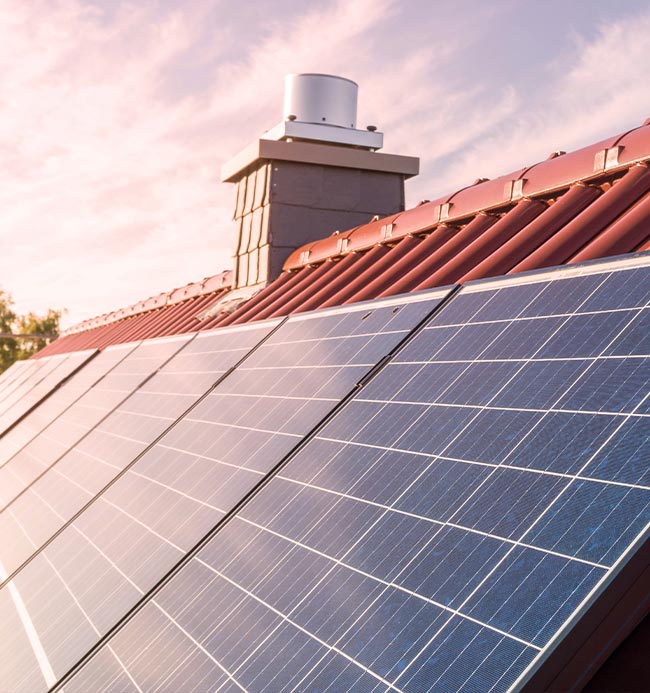
Traditional Solar Panels
Established Technology:
Long history of proven performance, compatibility, and widespread service availability.
Scalability:
Easier to add more panels to increase energy output or to fit a variety of roof sizes and angles.
Cost-Effective:
Often more affordable per watt than solar shingles, with greater ROI in terms of energy production.
Flexible Orientation:
Can be installed on various roof types or even ground-mounted if roof space isn’t ideal.

START YOUR FREE ESTIMATE
It's as easy as 1-2-3

Schedule your Free Inspection

Get a clear plan

Enjoy peace of mind
✓ No-Obligations ✓ Free Inspections
We’ve made solving your roofing problems quick and simple.

